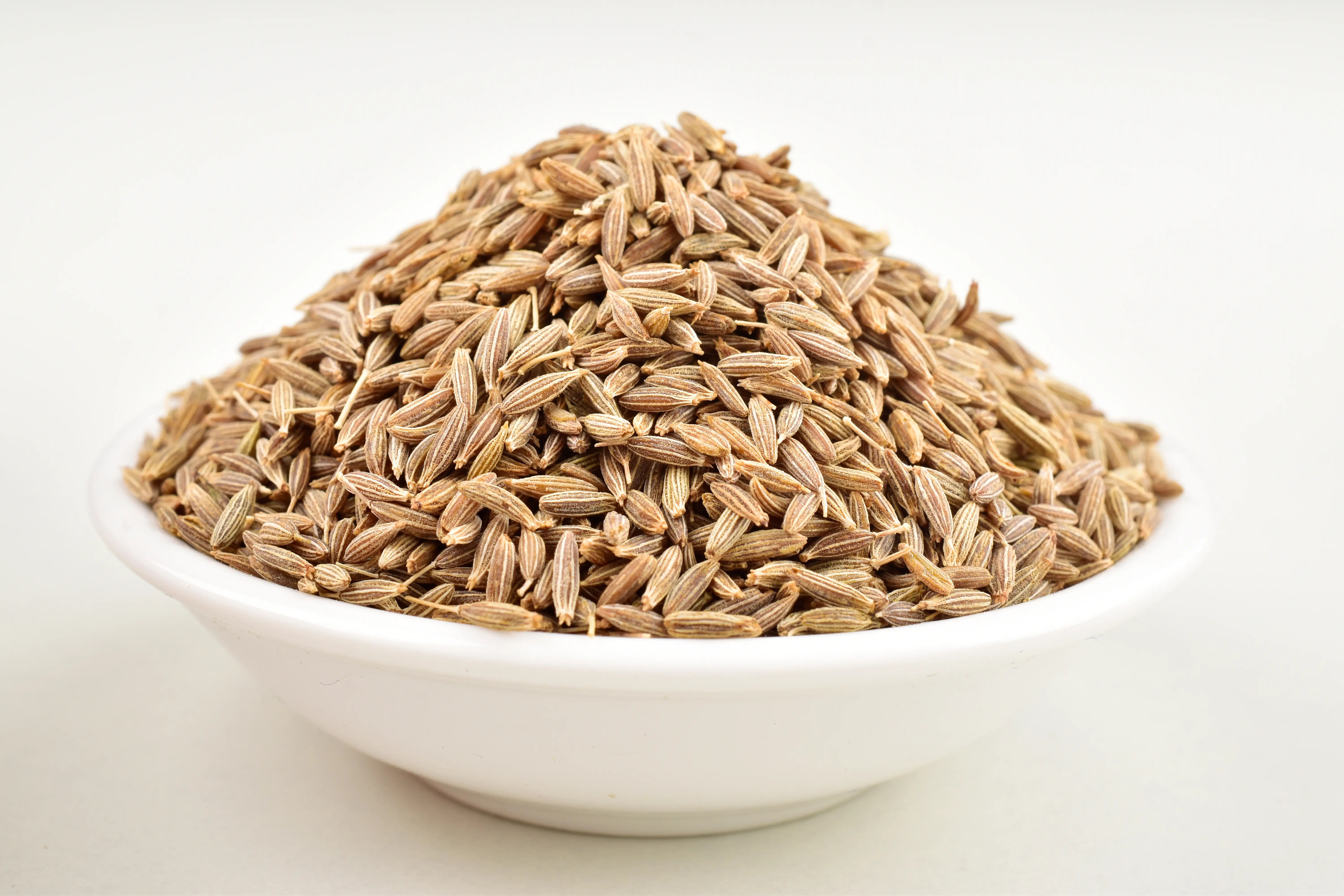Palm Oil: Is It Bad for Health? An Evidence-Based Review
Curious about palm oil health effects? Get clear, evidence-based nutrition facts, heart risks, and smarter cooking oil swaps to protect your health.

Written by Dr. Md Yusuf Shareef
Reviewed by Dr. Dhankecha Mayank Dineshbhai MBBS
Last updated on 12th Nov, 2025

Introduction
Palm oil is one of the world’s most widely used cooking oils—found in home kitchens, fast-food fryers, and countless packaged foods. This widespread use naturally raises questions: What are the real health effects of palm oil? Is it a smart choice for cooking, and how does it compare with healthier oils like olive or canola?
This article gives you a simple, science-backed breakdown of palm oil. You’ll learn how it’s made, what nutrients it contains, how it affects heart health and cholesterol, whether “red” palm oil is better, and when it makes sense to choose other oils.
What Is Palm Oil?
Palm oil comes from the fleshy fruit of the oil palm (Elaeis guineensis). It’s naturally semi-solid at room temperature, which helps packaged foods keep their structure and texture.
Important distinctions:
• Palm oil vs. palm kernel oil: Palm kernel oil is extracted from the seed (kernel) and contains much higher saturated fat. They are not nutritionally the same.
• Red (unrefined) palm oil vs. refined palm oil: Red palm oil keeps its natural pigments (carotenoids) and vitamin E compounds (tocopherols and tocotrienols). Refining removes most of these nutrients, resulting in a neutral-tasting oil commonly used in processed foods.
Palm Oil Nutrition Facts at a Glance
Like all oils, palm oil is calorie-dense.
Per tablespoon (approximate):
• Calories: ~120
• Total fat: ~14 g
• Fat breakdown: ~50% saturated fat, 40% monounsaturated fat, 10% polyunsaturated fat
What this means:
Palm oil’s high saturated fat content sets it apart from oils like olive, canola, or sunflower oil, which are mostly unsaturated.
Red palm oil does contain carotenoids (provitamin A) and vitamin E, but these nutrients can break down with high heat—and they don’t outweigh the health impact of its saturated fat.
Palm Oil Health Effects: What Does the Evidence Say?
Here’s the effect of pail oil on health:
Heart and Cholesterol
• Saturated fats raise LDL (“bad”) cholesterol, a major risk factor for heart disease. Palm oil—being about half saturated fat, mostly palmitic acid—can increase LDL more than unsaturated oils but less than butter or coconut oil.
• Scientific reviews show that replacing saturated fats with unsaturated fats (especially polyunsaturated fats) helps lower LDL cholesterol and reduces cardiovascular risk.
What Health Organizations Recommend
• World Health Organization (WHO): Limit saturated fat and replace it with unsaturated fats to lower heart disease risk.
• CDC and U.S. dietary guidance: Choose unsaturated fats more often than saturated ones to maintain healthy cholesterol levels.
• Medical consensus (Mayo Clinic, Cleveland Clinic, Harvard Health): Limit saturated fats (from palm oil, butter, high-fat meats) and favor unsaturated oils for long-term heart protection.
Bottom Line on Risk
If you have high LDL cholesterol, diabetes, or heart disease—or are simply trying to protect your cardiovascular health—minimizing saturated fats, including palm oil, is beneficial. Swapping to unsaturated oils is a small change with big heart benefits.
How Does Palm Oil Compare With Other Cooking Oils?
Think in terms of what you use instead:
• Replacing butter or lard with palm oil: Slight cholesterol improvement—but less than if you chose olive or canola oil.
• Replacing palm oil with unsaturated oils: Improves LDL cholesterol levels and supports long-term heart health.
Quick comparison:
• Better than: Trans fats, butter, palm kernel oil.
• Not as good as: Olive, canola, avocado, soybean, peanut, or high-oleic sunflower/safflower oils.
Is Red Palm Oil “Healthier”?
Red palm oil is often marketed as a nutrient-rich option because it contains carotenoids (which convert to vitamin A) and vitamin E compounds. However:
• It’s still high in saturated fat—similar to regular palm oil.
• Carotenoids and vitamin E can degrade with heat, reducing their potential benefits.
Current research doesn’t show that red palm oil protects the heart the way unsaturated oils do. It may add some vitamins, but it’s not a heart-healthy substitute.
Cooking Oil Choices and Heat Stability
Palm oil’s saturated fat makes it heat-stable, which is why it’s widely used in the food industry for frying and baking. But you can achieve the same cooking results with healthier oils.
Best oils by use:
• Everyday cooking: Olive oil, canola oil, peanut oil
• High-heat cooking: Refined avocado oil, high-oleic sunflower/safflower/canola oil
• Cold uses: Extra-virgin olive oil, walnut oil, flaxseed oil (not for heat)
Key takeaway:
You don’t need palm oil’s stability for home cooking. Unsaturated oils handle most heat levels while being much better for heart health.
Palm Oil in Packaged Foods
Palm oil hides in many everyday products—cookies, crackers, instant noodles, non-dairy creamers, and frozen meals. Even if you don’t cook with it, you may consume it regularly without realizing it.
Smart label habits:
• Check ingredients for “palm oil,” “palm fruit oil,” “palmolein,” or “palmitate.”
• Compare brands—some now use high-oleic or unsaturated oil alternatives.
• Consider the full food context: Items with palm oil often contain added sugars and refined starches, which also harm heart health.
How Much Is Too Much?
Using palm oil occasionally is fine, but moderation is key.
Practical guidelines:
• Keep saturated fat within recommended limits by choosing unsaturated oils most of the time.
• Substitute wisely—olive or canola oil can often replace palm oil in recipes.
• Remember: all oils are calorie-rich. Use just enough to cook effectively—usually 1–2 teaspoons.
More articles from General Medical Consultation
Frequently Asked Questions
1) Is palm oil healthy?
Palm oil isn’t uniquely toxic, but it’s high in saturated fat, which raises LDL cholesterol. Using it occasionally is fine for many people, but unsaturated oils are a better everyday choice for heart health.
2) Is red palm oil better than regular palm oil?
Red palm oil has carotenoids and vitamin E compounds, but it still has a high saturated fat content. For cholesterol and heart health, replacing saturated fats with unsaturated oils remains the stronger move.
3) What’s the difference between palm oil and palm kernel oil?
Palm oil comes from the fruit’s flesh; palm kernel oil comes from the seed and is even higher in saturated fat. From a heart-health perspective, palm kernel oil is generally a less favorable choice.
4) Is palm oil good for frying?
It’s heat-stable, which is why the food industry uses it. At home, you can fry or sauté effectively with healthier unsaturated options (for example, olive, canola, peanut, or refined avocado oil).
5) How much saturated fat should I eat?
Major health organizations advise limiting saturated fat and replacing it with unsaturated fats to help lower LDL cholesterol and reduce cardiovascular risk. Choosing unsaturated cooking oils is a practical way to do this.



